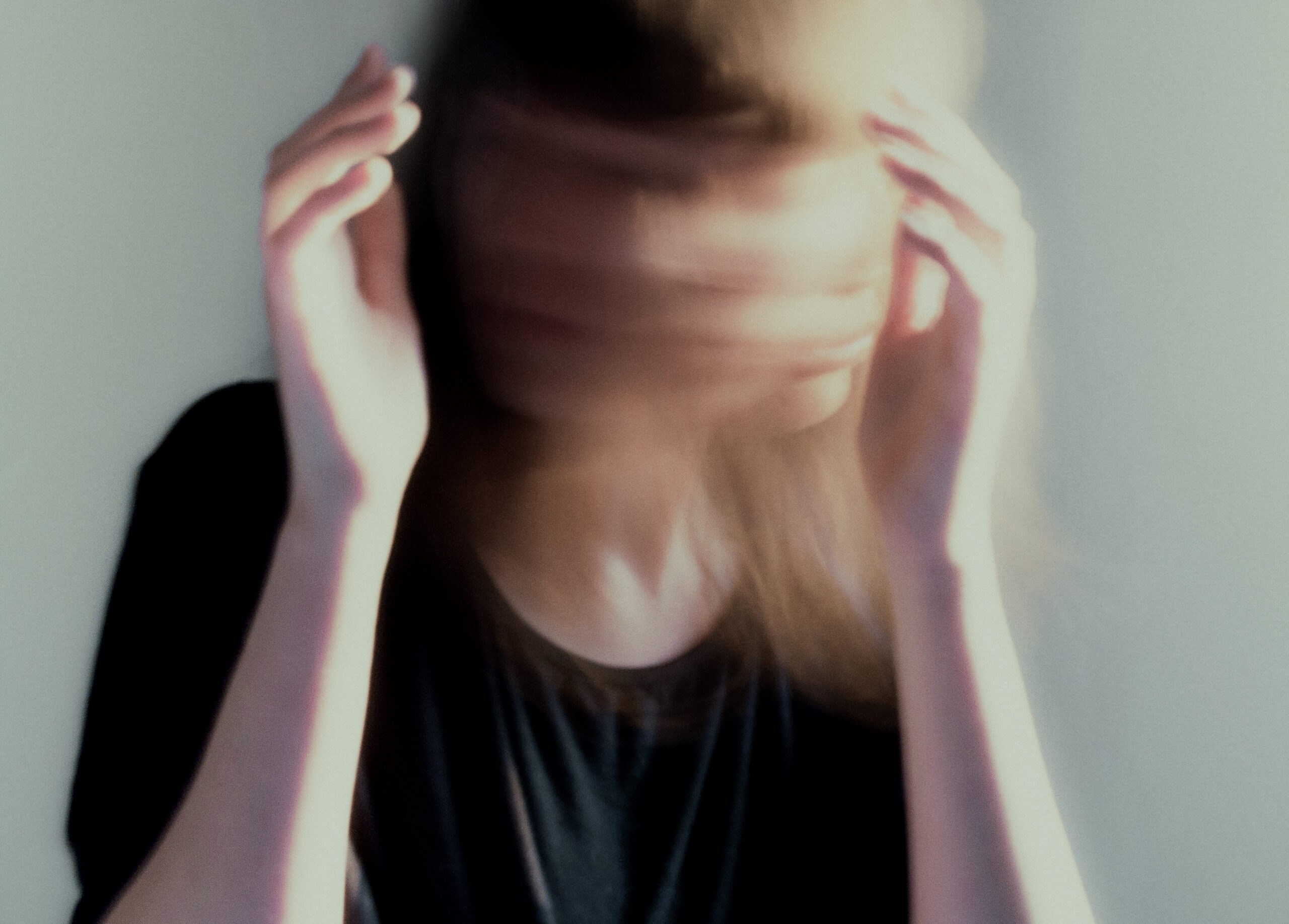Attachment Styles & Your Relationships
Valentine’s Day is just around the corner, and while it’s a day often centered around flowers, chocolates, and love declarations, it’s also a perfect opportunity to reflect on how we connect with others, especially in romantic relationships. Ever wonder why some relationships feel easy and natural, while others bring up more challenges, uncertainty, or even anxiety? Well, your attachment style could be playing a role in that dynamic!
Understanding attachment styles can empower you to navigate your relationships with more insight, compassion, and self-awareness, especially when it comes to connecting with your partner this Valentine’s Day. The good news is, just because we have one particular attachment style doesn’t mean we’re stuck there forever. By exploring and understanding these styles, we can build healthier, more secure connections with ourselves and others. Let’s dive in!
What Are Attachment Styles?
Attachment theory, first developed by psychologist John Bowlby, describes the patterns of connection we form in relationships, starting from childhood and continuing throughout our lives. These attachment patterns are influenced by our early experiences with caregivers, but the cool thing is that we can change and grow through self-awareness, reflection, and healing.
There are four main attachment styles:
Secure Attachment – The foundation of healthy, trusting relationships.
Anxious Attachment – A style marked by a longing for closeness and fears of rejection.
Avoidant Attachment – A style characterized by a tendency to distance oneself from others emotionally.
Fearful-Avoidant Attachment – A mix of anxious and avoidant tendencies, often resulting from past trauma.
Each of these styles brings unique strengths and challenges to romantic relationships, so understanding your attachment style can give you the tools to communicate better, feel more connected, and—yes—have a more fulfilling and joyful Valentine’s Day!
So, What’s Your Attachment Style?
Here’s a quick breakdown of each style, with a lighthearted and Valentine’s Day spin:
1. Secure Attachment: The Love Magnet
What It Looks Like: People with a secure attachment style are comfortable with intimacy, trust, and closeness. They’re able to communicate openly, listen with empathy, and manage conflict in healthy ways.
Valentine’s Vibe: Securely attached folks are pros at feeling safe, loved, and comfortable in relationships. This Valentine’s Day, they’re the ones who thrive on mutual understanding, balancing love with independence, and enjoying the little things like a cozy night in or a romantic dinner out.
Tip for Others: If you’re lucky enough to be securely attached, share some of your wisdom and practices with your partner—like fostering open, honest conversations about how you both show and receive love!
2. Anxious Attachment: The Heartfelt Enthusiast
What It Looks Like: If you have an anxious attachment style, you may feel overwhelmed by a strong desire for closeness and intimacy. You might worry about your partner’s affection or fear that they don’t love you enough. It’s easy for you to become preoccupied with the relationship and may struggle with jealousy or needing reassurance.
Valentine’s Vibe: For the anxious types, Valentine’s Day can bring both excitement and pressure. They might crave affirmation and deep connection, but feel anxious if things don’t go as planned or if they don’t feel fully “seen” by their partner.
Tip for Others: This Valentine’s, try grounding yourself in the present moment, focusing on self-love and reassurance. Let your partner know what you need emotionally, but also allow yourself the space to trust that your bond is strong, even without constant validation.
3. Avoidant Attachment: The Independent Spirit
What It Looks Like: Avoidant types often find it difficult to express their emotions and may be uncomfortable with too much intimacy. They value their independence and might avoid becoming too close to others out of fear of feeling smothered or vulnerable.
Valentine’s Vibe: Valentine’s Day can feel a bit overwhelming for someone with an avoidant attachment style. They might enjoy the holiday in their own way, perhaps with a fun activity or gift, but they may resist too much emotional intensity or public displays of affection.
Tip for Others: If you’re dating an avoidant type, give them room to express love in their own way. It’s not about grand gestures for them, but rather feeling respected and valued without too much pressure. Try to engage in low-pressure, fun activities together that allow space for connection without overwhelm.
4. Fearful-Avoidant Attachment: The Complex Romantic
What It Looks Like: Fearful-avoidant individuals often experience a tug-of-war between the desire for connection and a fear of getting hurt. They may push away others when things get too close, yet they also long for intimacy and love. These mixed emotions can create emotional chaos, especially when conflicts arise.
Valentine’s Vibe: Valentine’s Day can be emotionally charged for the fearful-avoidant type. They may feel conflicted about whether to lean into intimacy or pull away, especially if they’ve been hurt in the past. Expect a mix of desire for closeness paired with moments of emotional withdrawal.
Tip for Others: If you’re in a relationship with someone who exhibits this style, the key is patience and understanding. Encourage them to take small steps toward vulnerability while also respecting their need for space. This balance will help them feel more secure in the relationship over time.
A Valentine’s Day Message of Hope and Growth
No matter what your attachment style is, the great news is that we are not bound to our early patterns forever! Valentine’s Day can be a reminder of how important it is to nurture secure connections with ourselves and our loved ones. Whether you’re cuddling with a partner, spending time with friends, or enjoying some “me time,” it’s important to practice self-compassion and love as you grow through your attachment style.
Here are a few tips to foster deeper connection and love for yourself and others, no matter your attachment style:
Practice Self-Awareness: Spend some time this Valentine’s reflecting on how your attachment style might show up in relationships. How do you communicate love? How do you manage fear and insecurity? The more you understand yourself, the easier it will be to have healthier connections.
Communicate Openly: Talk with your partner about your needs and concerns. Share your attachment style with them, and be open about how you both feel in the relationship. Honest conversations about your vulnerabilities can bring you closer.
Practice Self-Love: Your relationship with yourself is the foundation of all other relationships. Treat yourself with compassion, kindness, and patience, especially during moments of insecurity or doubt.
Be Present: Whether you’re celebrating with a partner or taking some solo time, focus on enjoying the moment. Rather than stressing over “perfect” moments, embrace the beauty of the connection you have in the present.
Wrapping It Up
Valentine’s Day isn’t just about celebrating romantic love—it’s about embracing all the ways we connect and show love, from romantic partners to friends to ourselves. Understanding your attachment style can give you a fresh perspective on how to deepen those connections and show up as your most authentic self in your relationships. Whether you’re navigating your attachment style alone or in a relationship, remember that growth is always possible, and love is always worth the effort!
Happy Valentine’s Day from all of us at Mindless Labs! ❤️






